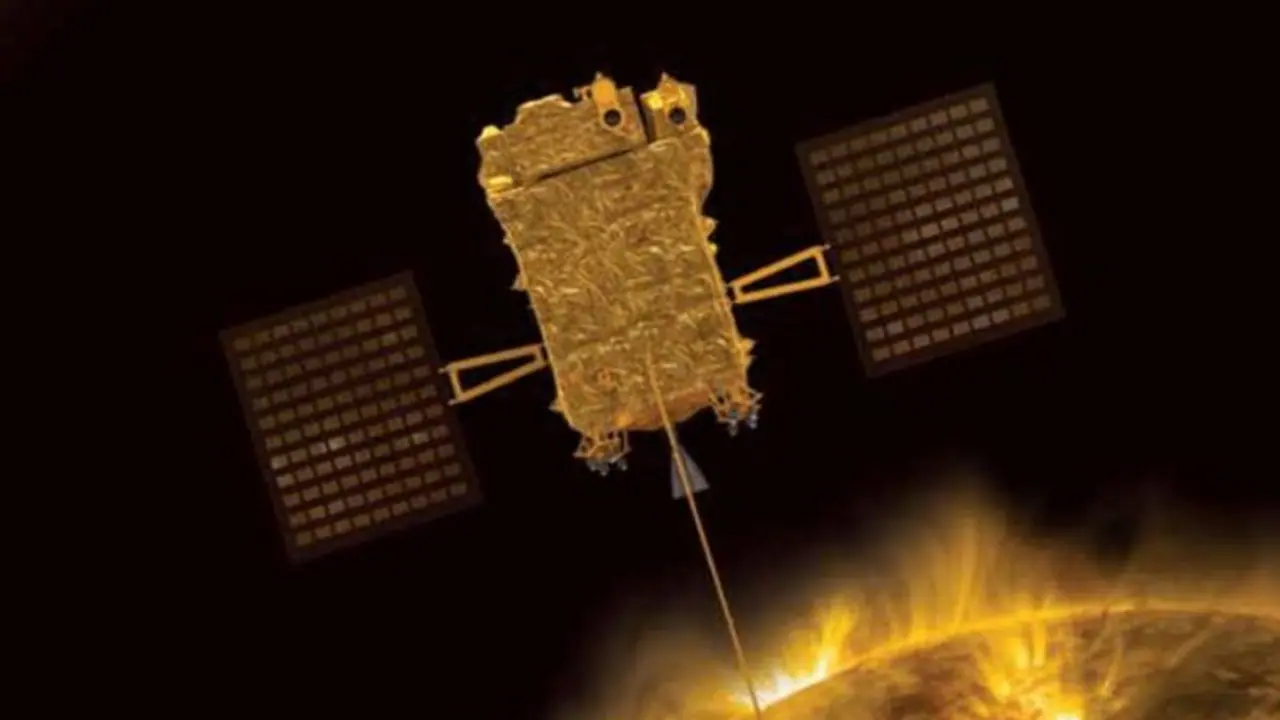Aditya-L1's final destination is set to be a halo orbit encircling Lagrangian Point 1 (L1), positioned approximately 1.5 million kilometers away from Earth, aligning with the sun's direction. This celestial perch will be reached over a span of four months.
With its sights now set on a new cosmic venture, the Indian Space Research Organisation (ISRO) is gearing up for its next mission after the successful moon landing expedition, this time venturing into the uncharted territory of the sun. India's maiden solar mission, Aditya-L1, is poised to take center stage.

The launch of this remarkable sun mission is scheduled for Saturday at 1150 IST, poised to commence from the Sriharikota launch pad, following the successful completion of launch rehearsals and internal vehicle checks.
Supreme Court hands out life imprisonment to former Bihar Lok Sabha MP in 1995 double murder case
Aditya-L1 represents India's inaugural solar space observatory and will be transported into space via the PSLV-C57 rocket. This ambitious mission comprises seven diverse payloads designed for an extensive examination of the sun. Among these payloads, four are designated for observing sunlight, while the remaining three are tasked with measuring in-situ parameters related to plasma and magnetic fields.
At the forefront of Aditya-L1's payload is the Visible Emission Line Coronagraph (VELC), a remarkable piece of technology representing both the largest and most technically intricate component. Collaboratively developed at the Indian Institute of Astrophysics' CREST (Centre for Research and Education in Science Technology) campus, VELC underwent rigorous integration, testing, and calibration under the watchful eye of ISRO.
After domestic LPG price reduction, Centre cuts commercial LPG prices by Rs 158; check details
Aditya-L1's final destination is set to be a halo orbit encircling Lagrangian Point 1 (L1), positioned approximately 1.5 million kilometers away from Earth, aligning with the sun's direction. This celestial perch will be reached over a span of four months.
This strategic orbital choice provides Aditya-L1 with the unique capability to maintain an uninterrupted view of the sun, unobstructed by eclipses or occultation. This unbroken observation enables scientists to closely monitor solar activities in real-time and their ramifications on space weather. Furthermore, the invaluable data collected by the spacecraft will contribute significantly to unraveling the sequence of events leading to solar eruptive phenomena and enhance our comprehension of the underlying drivers of space weather.
India's solar mission has a comprehensive set of objectives, encompassing the exploration of the physics governing the solar corona's heating mechanism, solar wind acceleration, dynamics of the solar atmosphere, distribution and temperature anisotropy of solar wind, as well as the origin and characteristics of Coronal Mass Ejections (CME) and solar flares, all with a direct impact on near-Earth space weather.
